Uranus
Latest about Uranus
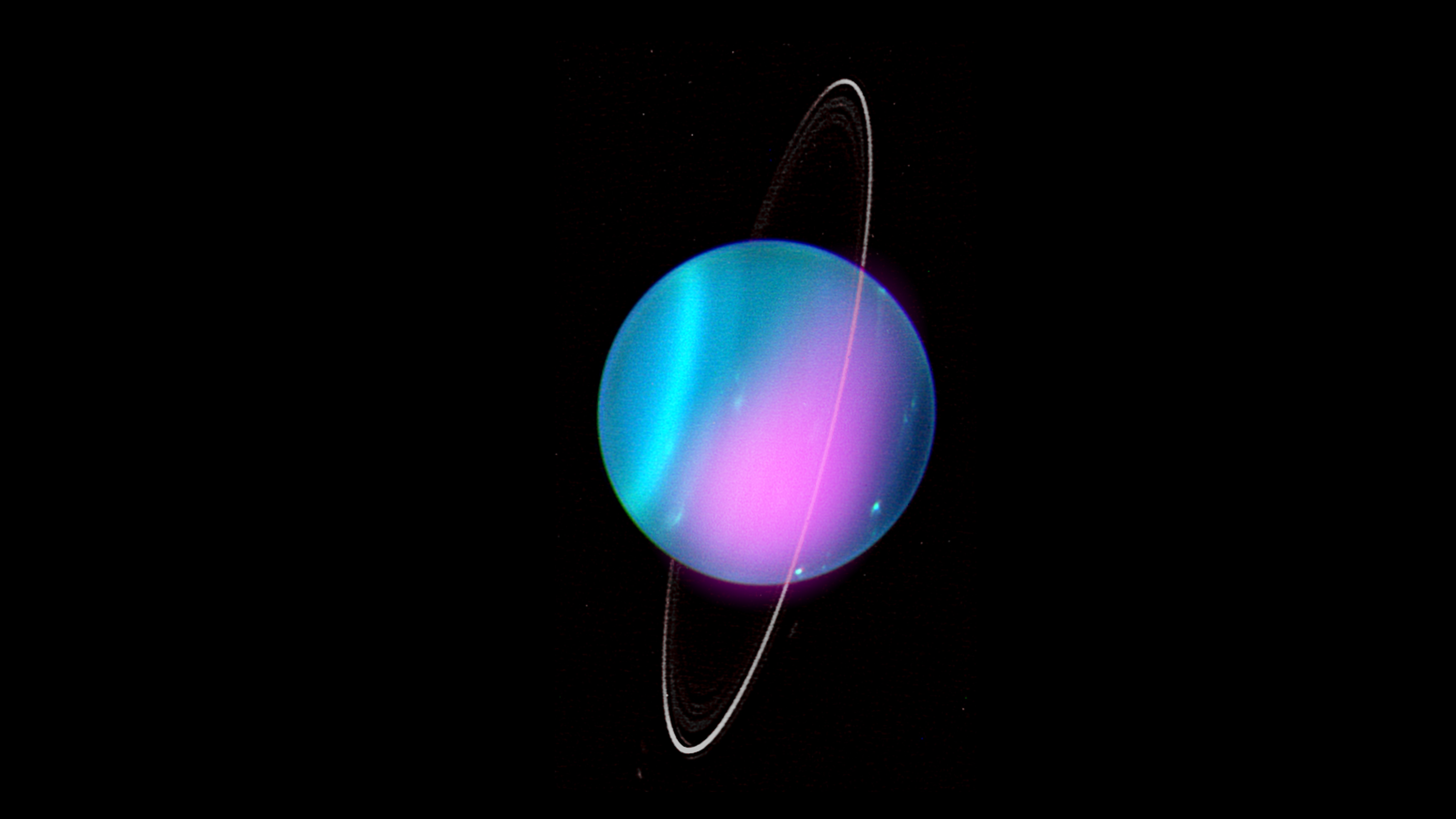
Uranus' weird tilt may be the work of a long-lost moon
By Paul Sutter published
Uranus is just plain weird, and one of the weirdest things about it is its tilt.
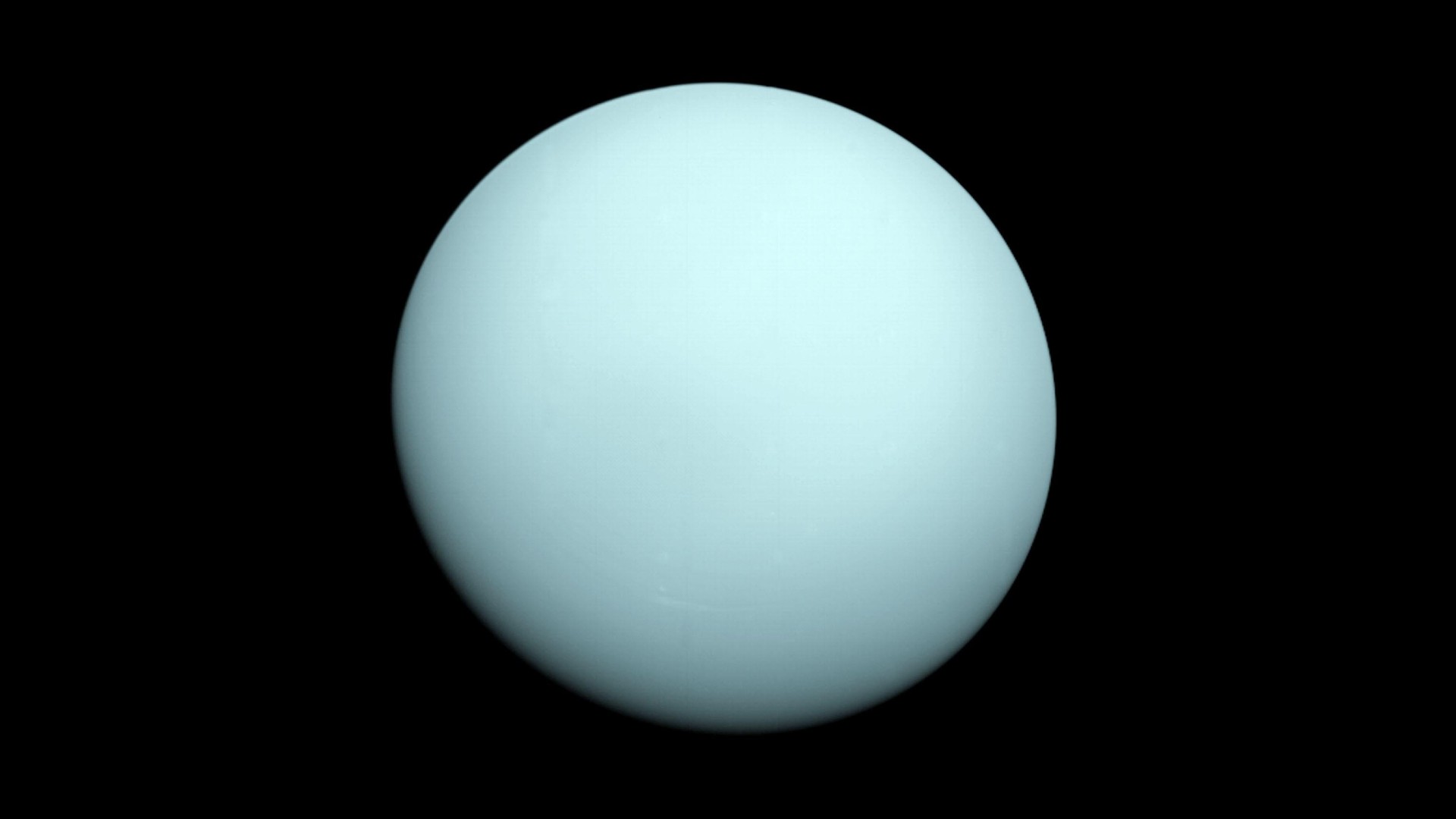
What would you name a Uranus probe? The internet's answers are about what you'd think
By Elizabeth Howell published
Thriller films, Antarctic explorers and female science pioneers featured in an informal naming contest seeking a moniker for a proposed Uranus spacecraft mission.

NASA really wants to probe Uranus and could start planning next year
By Stefanie Waldek published
Dr. Lori Glaze of NASA's Planetary Science Division offered updates about the potential mission at a virtual town hall.
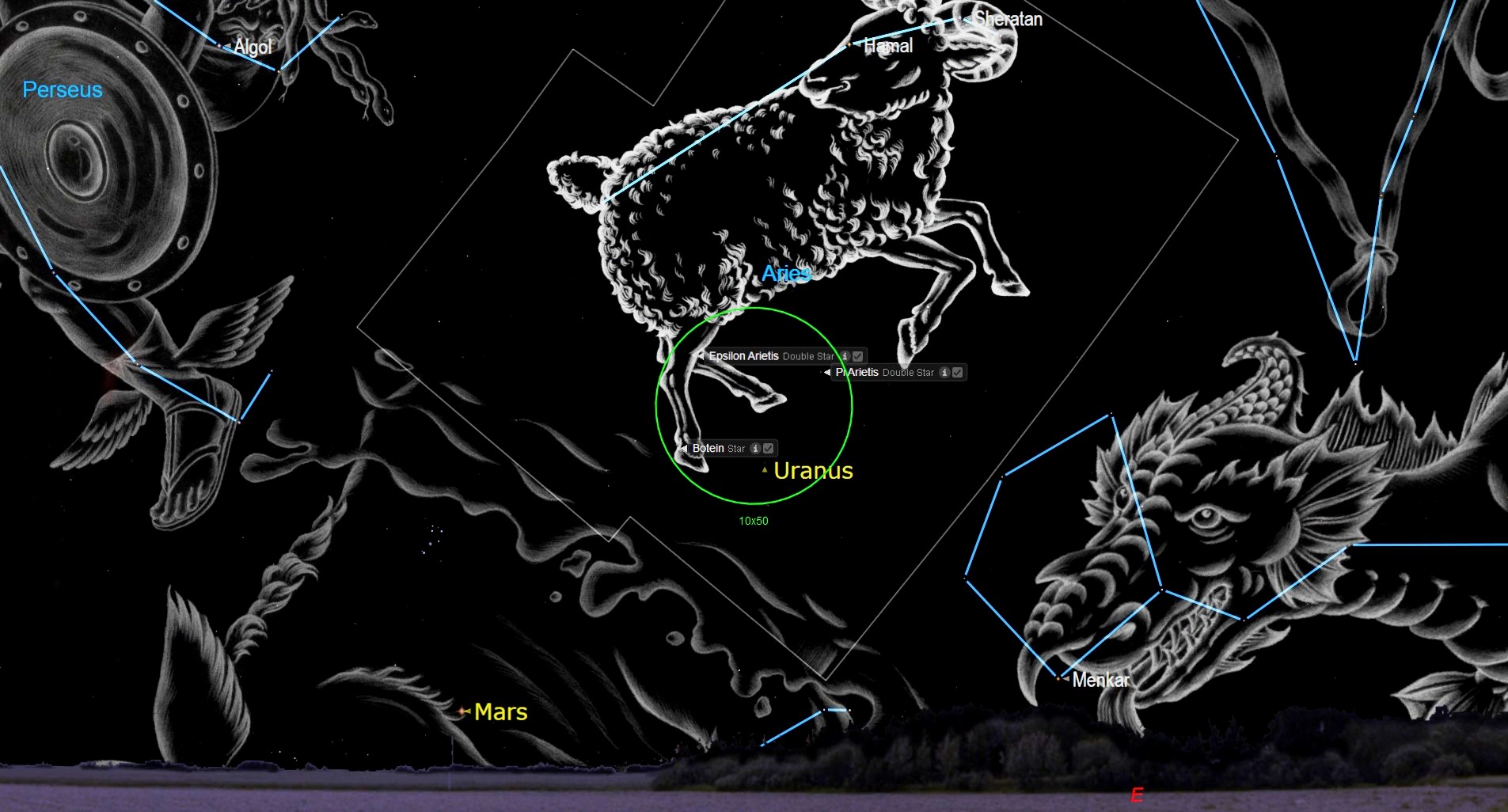
Uranus will reverse its path in the sky on Wednesday (Aug 24). Here's how to see it
By Samantha Mathewson published
Uranus will reverse its eastward movement Wednesday (Aug. 24) and begin its westward path across the night sky.
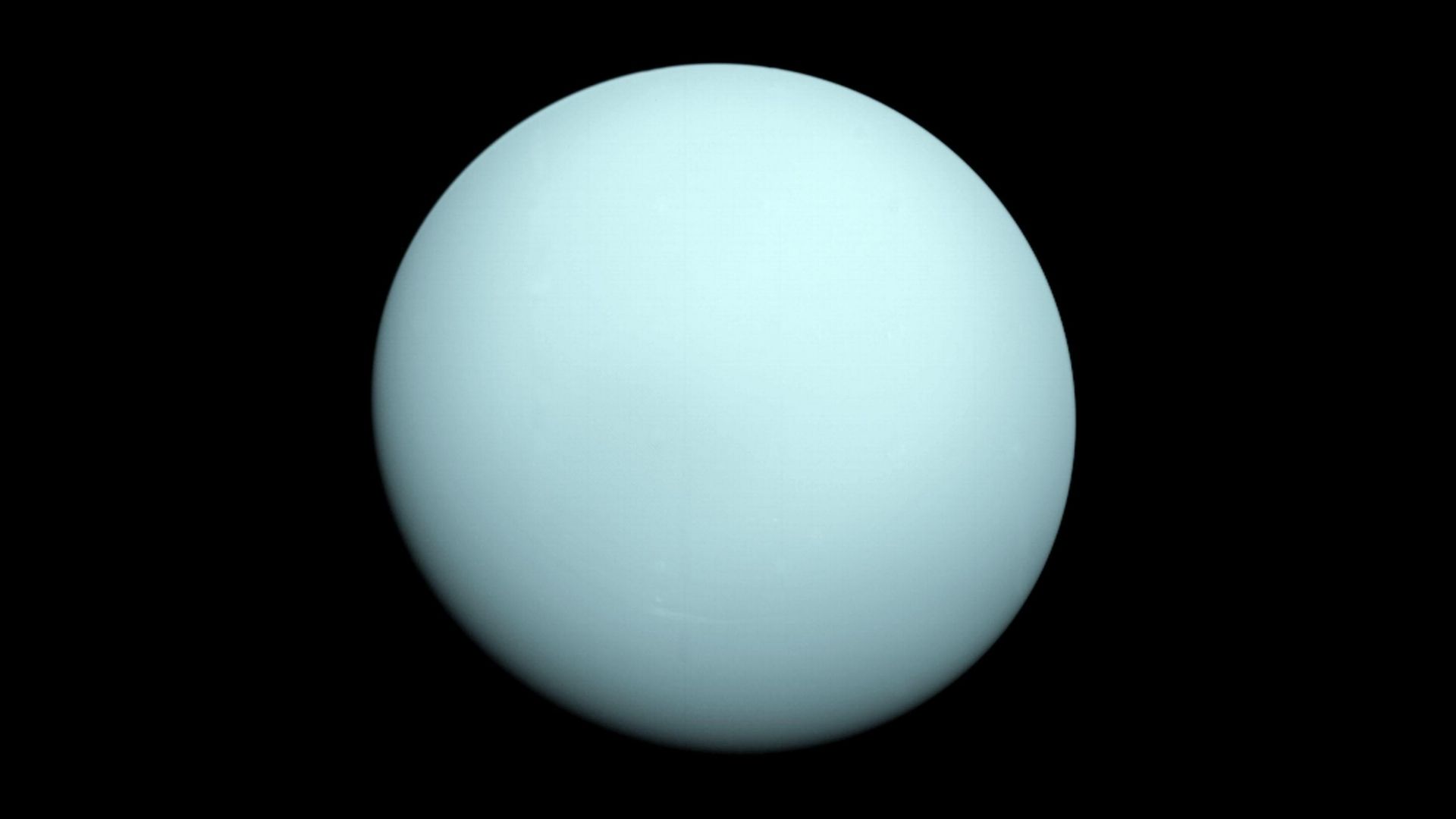
Shades of Uranus: Scientists know why the planet and Neptune are different hues of blue
By Elizabeth Howell last updated
The way each planet's atmosphere responds to methane might be responsible for the different hues of Uranus and Neptune.
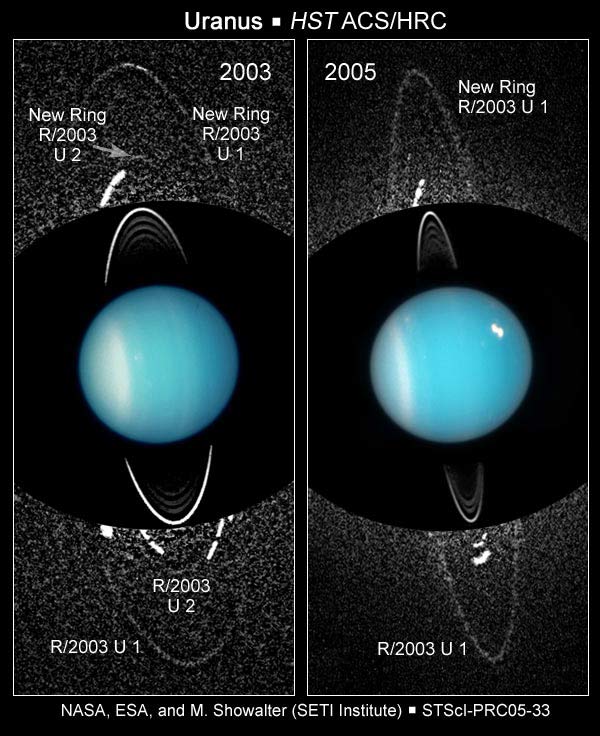
New Moons and Rings Found at Uranus
By Space.com Staff last updated
Astronomers have discovered new rings and small moons around Uranus and found surprising changes in satellite orbits around the giant planet.

Uranus by 2049: Here's why scientists want NASA to send a flagship mission to the strange planet
By Jamie Carter last updated
A key committee of scientists has recommended that a flagship mission to Uranus should be NASA's highest-priority large planetary science mission for the next decade.

What is the temperature of Uranus?
By Daisy Dobrijevic, Nola Taylor Tillman published
Reference The temperature of Uranus averages minus 320 degrees Fahrenheit. Uranus holds the record for the coldest temperature ever measured in the solar system.
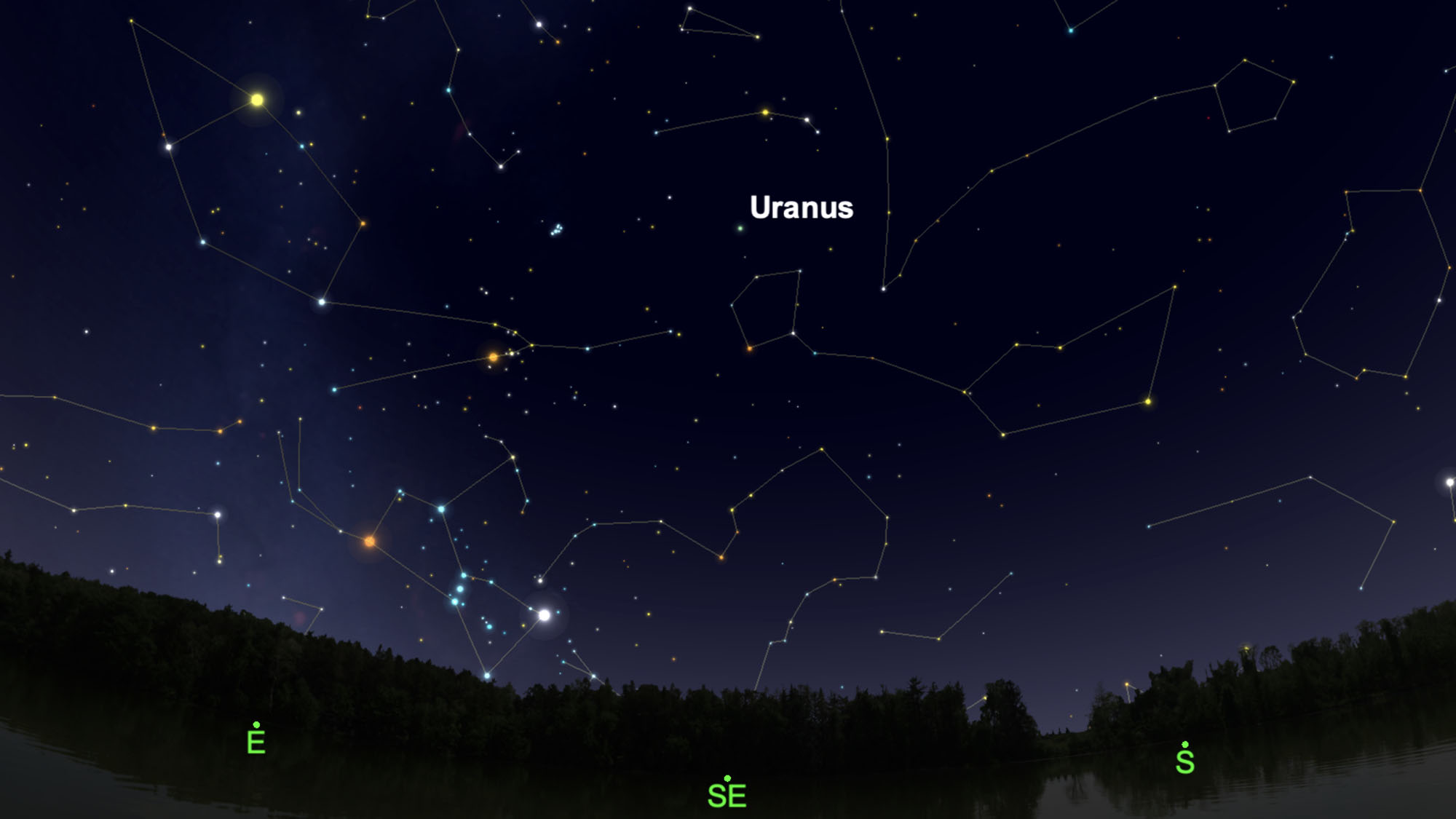
Here's how to see Uranus at its brightest in the sky
By Elizabeth Howell published
The distant planet is about to reach opposition, and with the right equipment you'll be able to spot it.
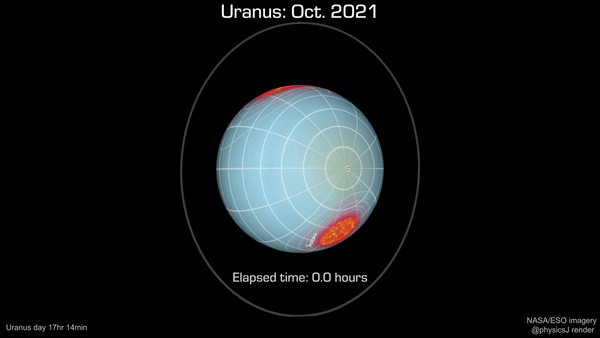
Scientists create most detailed map of Uranus' mysterious auroras to date
By Tereza Pultarova last updated
Scientists have imaged the whole globe of Uranus in the infrared part of the light spectrum for the first time, hoping to shed light on the planet's mysterious auroras and weird magnetic field
Get the Space.com Newsletter
Breaking space news, the latest updates on rocket launches, skywatching events and more!
